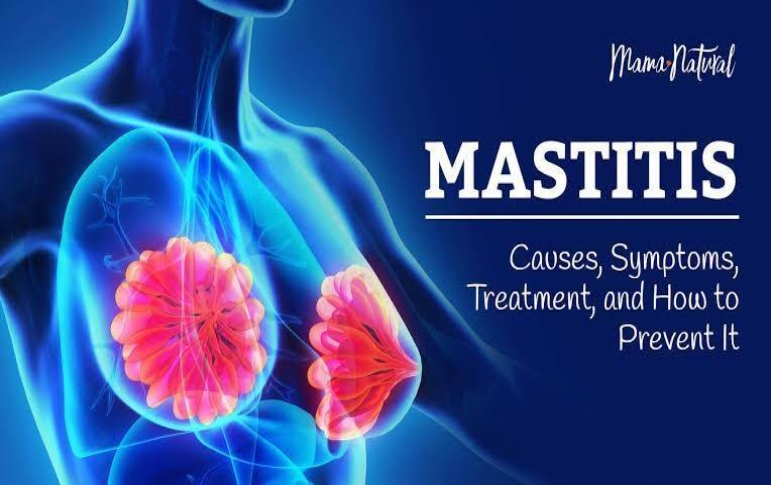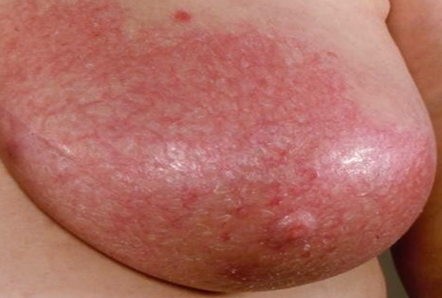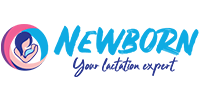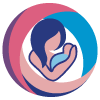Mastitis is a condition that predominates during the puerperium. In other words it is the painful inflammation of the breast tissue, begins exclusively during the first 3 weeks of nursing.
Mastitis with infection may be lactational (puerperal) or non- lactational (e.g., duct ectasia). Causes of non-infectious mastitis include idiopathic granulomatous inflammation and other inflammatory conditions.

- Non-lactational mastitis is a breast inflammatory condition in non-breastfeeding women. The two major entities of non-lactational mastitis are periductal mastitis and idiopathic granulomatous mastitis and both of them primarily affect young women.
- Non-infectious mastitis:This type of mastitis is usually caused by breast milk staying within the breast tissue. This happens because of a blocked milk duct or a breastfeeding problem. If left untreated, the milk left in the breast tissue can become infected, leading to infectious mastitis.
- Lactational Mastitis(puerperal) is a maternal morbidity that affect the wellbeing of new moms, therefore it is important to know the causes of mastitis which includes blockage in the milk ducts and bacterial entry through skin breakage.
Here’s what to look for if you think you might have mastitis.
- Pain
- Fever above 38.5°c
- Redness and warmth on touch
- Tender swelling
- Whole body chills
- Purulent discharge
- Fatigue
“if still doubtful go for a ultrasound”
Sometimes breast infections go away on their own. If u notice you have the above-mentioned symptoms here is your treatment plan.

- Supportive treatment
- Effective milk removal- In case of milk stasis in the deeper tissues most important management step is frequent and effective milk removal.
- Lymphatic massage can be practiced as it drains fluids towards axillary lymph nodes.
- Drink plenty of fluids and rest when possible.
- Pharmacological treatment
- Antibiotics. If you have an infection, a 10-day course of antibiotics is usually needed.
- Pain relievers. Your doctor may recommend an over-the-counter pain reliever, such as acetaminophen (Tylenol, others) or ibuprofen (Advil, Motrin IB, others).
As the saying goes, “prevention is always better than cure”
Breastfeeding moms can take these steps to lower their chances of getting mastitis:
- Air out your nipples after nursing.
- Don’t wear nursing pads or tight- fitting bras that keep nipples moist.
- Nurse your baby on one side, allowing the breast to empty, before switching to the other breast.
- Switch up breastfeeding positions to fully empty all areas of the breast.
- Use your finger to break your baby’s suction on a nipple if you need to stop a feeding.
Be sure to get treatment for mastitis. Delaying treatment can lead to a breast abscess, which can be harder to treat.
“Don’t let mastitis ruin your breastfeeding journey.”
Good Day





